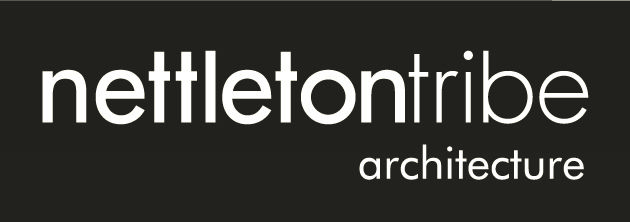Are you looking for a new interior design or architecture role?
Your portfolio plays a crucial role in helping you secure your dream job.
But creating your perfect portfolio can be tricky.
It's easy to fall into the trap of focusing too much on the quality and detail of your work, and forgetting to use your portfolio to convey your individual design style, personality and passion. These things, along with your technical ability, are what makes you unique and shows your potential new employer that you're the best person for the role you're applying for.
While your design portfolio should be an accurate reflection of all of these things, it should also show off your design thought process, how you communicate your ideas and the pride you have in what you've achieved.
What's more, your portfolio is used at different stages of the job application and interview process so it's well worth having two tailored versions:
1. Your job application portfolio
2. Your interview portfolio
Your application or sample portfolio should lure your potential boss in, showcasing just enough talent and technical skill to propel them to invite you to an interview. The interview version should then draw them in even further by effectively telling them your personal design story whilst reinforcing your expert technical skills. If this melds well with their company culture and the role, it's likely you'll end the interview with a big smile, not to mention an offer following shortly thereafter.
The key to getting noticed: Defining your purpose and audience
Having two versions of your portfolio is a waste of time if it doesn't achieve your purpose (to showcase you and secure a new job) and talk to the audience (hiring managers).
Your purpose
It is all about you. To help you secure a great job, your portfolio should demonstrate your personality and flair (your 'who') and your technical ability (your 'how'). The work you include must be what you have done on particular projects (not just projects you have worked on). It should also illustrate your organisational skills and the fact that you understand project progression.
Your audience
To secure a great job, your portfolio must be geared to the right audience. Spend some time thinking about your intended target. Are you going for jobs with large, high-end firms that specialise in commercial developments? Or are you aiming for smaller, boutique establishments that primarily focus on residential redesigns? Defining your 'who' dictates what goes in your portfolio.
Now that you've defined your purpose and audience, follow our 8-step guide to curating the perfect design and architecture portfolio here.This guide shows you:
- 8 easy steps for making a design portfolio that will attract job offers your way
- The number 1 thing you must do before you start creating your portfolio that will help you secure your dream job from your dream employer
- What to include and how to structure your portfolio guaranteeing that you'll show off your own unique design style (and your skills)
You can get a free copy here.



